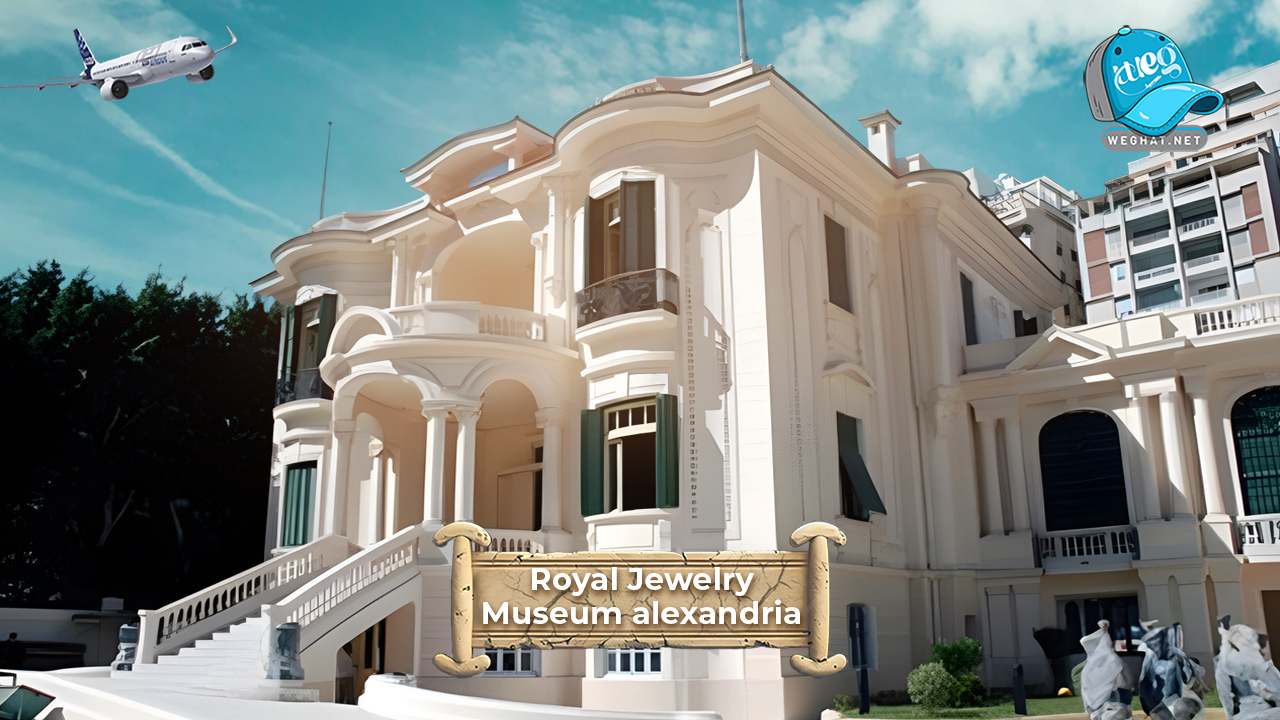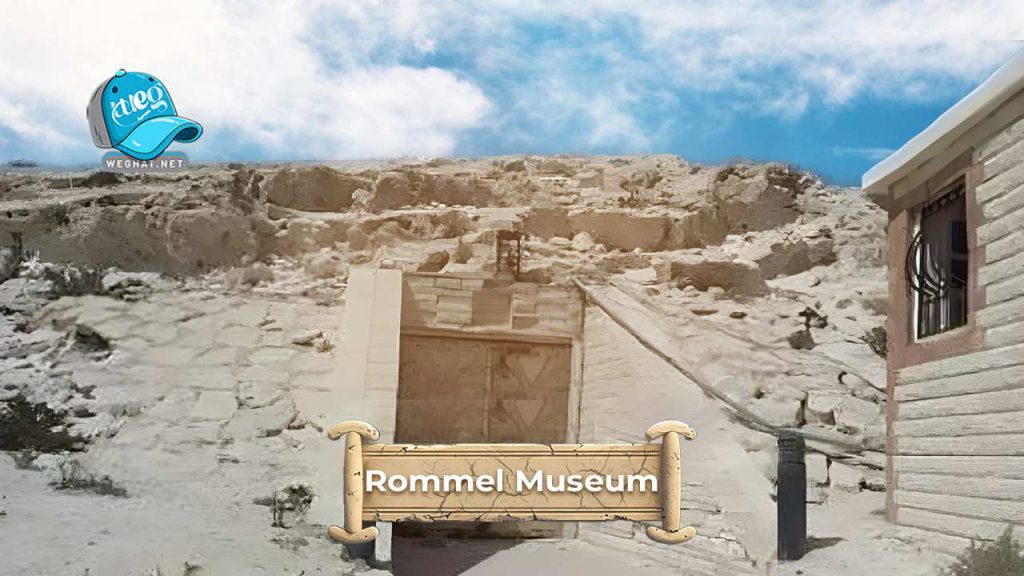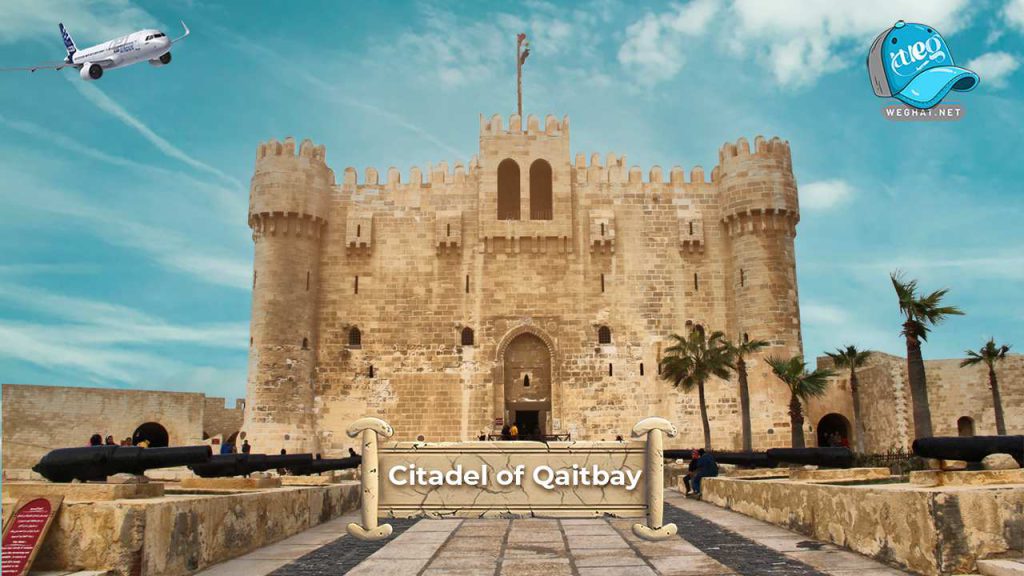Royal Jewelry Museum: Your Next Travel to alexandria
The Royal Jewelry Museum houses a unique collection of jewelry and precious artifacts that belonged to the Muhammad Ali dynasty, which ruled Egypt from the early 19th century until the mid-20th century. The museum is located in a luxurious palace built during the era of princes and princesses. It is considered one of the most beautiful archaeological landmarks in the city, offering a window into modern Egyptian history and the life of the royal family members.

Table of contents
History of the Palace’s Transformation into a Museum
The palace, built before it became a museum in 1919, is located in the upscale Zizinia area and was constructed by Princess Zaynab Fahmy, a member of the Egyptian royal family. After the death of Princess Zaynab, her daughter, Princess Fatima Zahra, inherited the palace, which became her residence.
After the 1952 revolution, when the monarchy was abolished in Egypt, the palace ceased to be a royal residence. In 1986, the decision was made to transform the palace of Princess Fatima Zahra into the Royal Jewelry Museum, with the aim of showcasing the jewelry and artifacts that belonged to the royal family.
The museum opened its doors to the public and has since become one of the most important museums specializing in jewelry in Egypt and the Arab world. It is distinguished by its luxurious architectural details, reflecting the refined taste of the Egyptian royal family, and displays a magnificent collection of royal jewelry that is considered priceless works of art.
Architectural Design of the Royal Jewelry Museum
The Royal Jewelry Museum is characterized by its opulence both inside and out. The palace consists of two floors and features 11 exhibition halls, each adorned with stunning wall decorations and artwork. The ceilings and walls have been meticulously designed, decorated with golden embellishments and paintings that depict scenes from royal life and European legends.
The palace also contains stained glass windows that depict natural scenes and views of ancient Egyptian life, adding a beautiful aesthetic touch to the various halls. The architectural details of the palace itself are a masterpiece, making a visit to the museum an unforgettable experience.
Collections of the Royal Jewelry Museum
Royal Jewelry Collection
The museum houses an immense collection of jewelry that once belonged to the royal family of Egypt, most of which dates back to the Muhammad Ali Dynasty. These items include numerous crowns, necklaces, bracelets, and rings, all meticulously crafted using gold, diamonds, pearls, and precious gemstones.
- Queen Farida’s Crown: A luxurious crown made of white gold, set with diamonds and emeralds, originally belonged to Queen Farida, wife of King Farouk I. This crown reflects royal opulence and the craftsmanship of jewelry design during that era.
- Queen Nazli’s Necklace: Considered one of the most beautiful artifacts in the museum, this necklace is made from white gold and adorned with diamonds and sapphires. It was part of the belongings of Queen Nazli, mother of King Farouk.
- Muhammad Ali Pasha’s Ring: A unique ring belonging to Muhammad Ali Pasha, the founder of the Ali family dynasty. Made from gold and set with a red sapphire, the ring symbolizes power and authority.
Royal Artifacts
In addition to jewelry, the museum also displays a collection of royal artifacts, including gold and silver tableware, jewelry boxes, watches, and engraved pitchers. These pieces offer a glimpse into the luxurious lifestyle enjoyed by the royal family. Notable items include:
- King Farouk’s Watch: An exquisite watch once owned by King Farouk, made from white gold and set with diamonds. It is one of the most prominent royal possessions on display.
- Royal Tableware: A set of gold and silver tableware that was used during royal banquets. These items are decorated with intricate engravings and designs that reflect the refined taste of the royal family.
Royal Gifts
The museum also showcases a number of gifts received by the royal family from kings and presidents of other countries, highlighting Egypt’s international relations during that time.
Halls in the Royal Jewelry Museum
Queen Farida’s Hall
This hall features an impressive collection of jewelry once belonging to Queen Farida, the wife of King Farouk. The displayed items in this hall include crowns, necklaces, and bracelets that the queen used to wear. The design of the hall reflects royal grandeur, with walls adorned with golden decorations and artistic engravings.
Queen Nazli’s Hall
This hall houses the possessions of Queen Nazli, known for her refined taste in selecting jewelry. The hall displays a variety of necklaces, rings, and luxurious handbags that showcase her love for precious gemstones.
Princesses’ Hall
This hall is dedicated to showcasing the jewelry that belonged to the royal princesses, such as Princess Fawzia, the sister of King Farouk, and Princess Shawkar. The hall contains a collection of rings, bracelets, and necklaces, each distinguished by its meticulous and exquisite design.
Cultural and Historical Importance of the Museum
Understanding Royal Life
The Royal Jewelry Museum reflects the luxury and wealth enjoyed by the Egyptian royal family. Through the displayed jewelry and artifacts, visitors gain a deep insight into this lavish lifestyle and the daily life of the royal family, as well as the formal nature of their celebrations and events.
The museum also helps to understand the political and cultural relationships that connected Egypt to other countries during that period, as seen through the gifts and artifacts on display.
The Museum’s Role in Cultural Tourism
The Royal Jewelry Museum is a major tourist destination in Alexandria, attracting thousands of visitors annually from both Egypt and abroad. The museum combines artistic beauty and rich history, making it an important attraction for those who love to explore art and history. It also contributes to enhancing cultural tourism in Egypt, offering visitors a unique experience that allows them to explore a different side of Egyptian history, beyond the pharaohs and ancient temples.
Tourism at the Royal Jewelry Museum in Alexandria
Guided Tours
The museum offers guided tours led by qualified guides who provide detailed explanations about each exhibited piece, its history, and significance. These tours allow visitors to understand the historical context of the jewelry and artifacts and learn about the royal figures who once owned them.
Activities and Events
From time to time, the museum hosts temporary exhibitions and cultural events aimed at highlighting different aspects of Egypt’s royal heritage. These activities range from cultural lectures to art exhibitions focused on royal jewelry and arts.
Facilities and Services
The museum includes several facilities to enhance the visitor experience, such as a small café and a garden surrounding the palace, where visitors can sit and relax after the tour. The museum also features a small shop selling souvenirs inspired by the royal jewelry on display.
Conclusion
The Royal Jewelry Museum in Alexandria is one of the most beautiful and distinctive museums in Egypt, combining art, history, and royal luxury in one place. By visiting the museum, you can explore an important period in modern Egyptian history and learn about the lives of the royal family through the jewelry and precious artifacts they owned.
You can also discover the museum itself, designed in European and Ottoman architectural styles, with exquisite decorative details, frescoed ceilings, and marble floors.
It is an ideal place for those who wish to reflect on history and the poignant reality that, after having owned gold, jewelry, and the most valuable treasures, these kings and princes passed away, leaving all that behind, unable to take any of it with them.
Now that you’ve learned the key information about The Royal Jewelry Museum in Alexandria, you can explore more tourist places in Alexandria.
You can also check out the most famous tourist places in Egypt.
To visit our official Facebook page.





